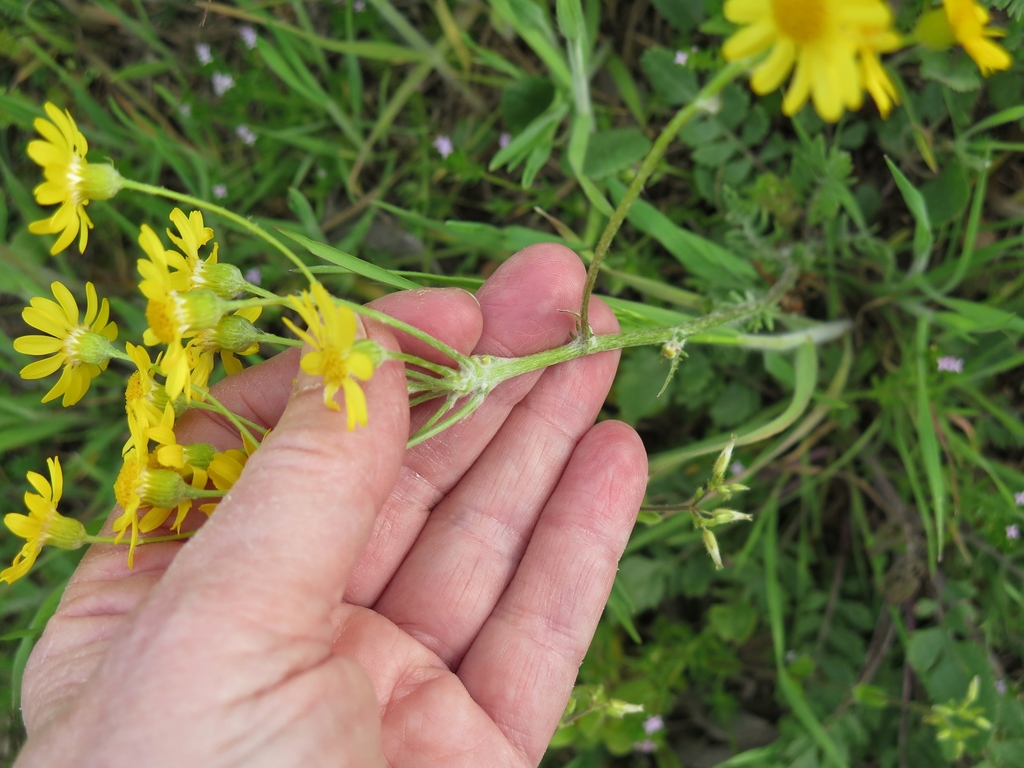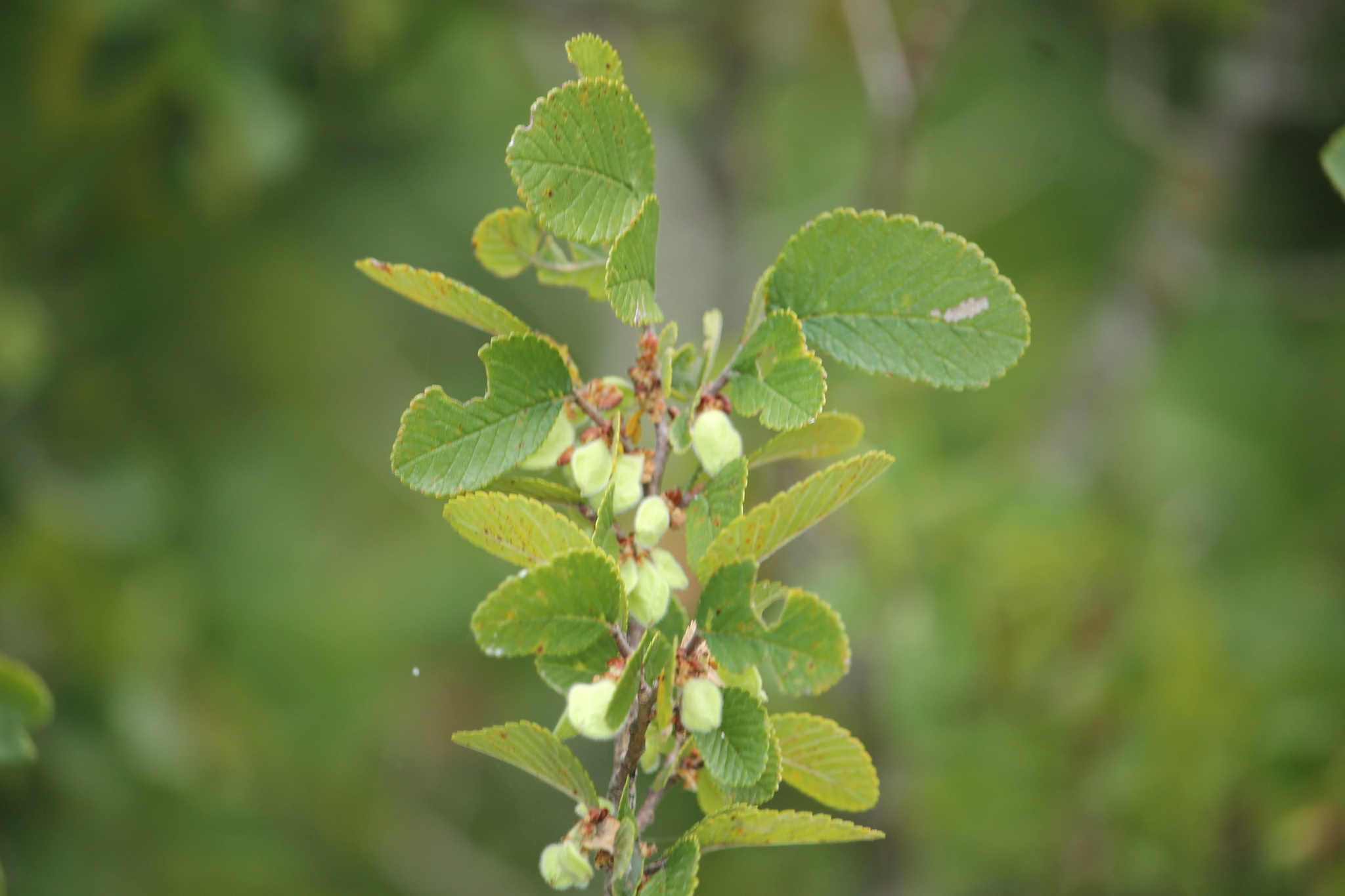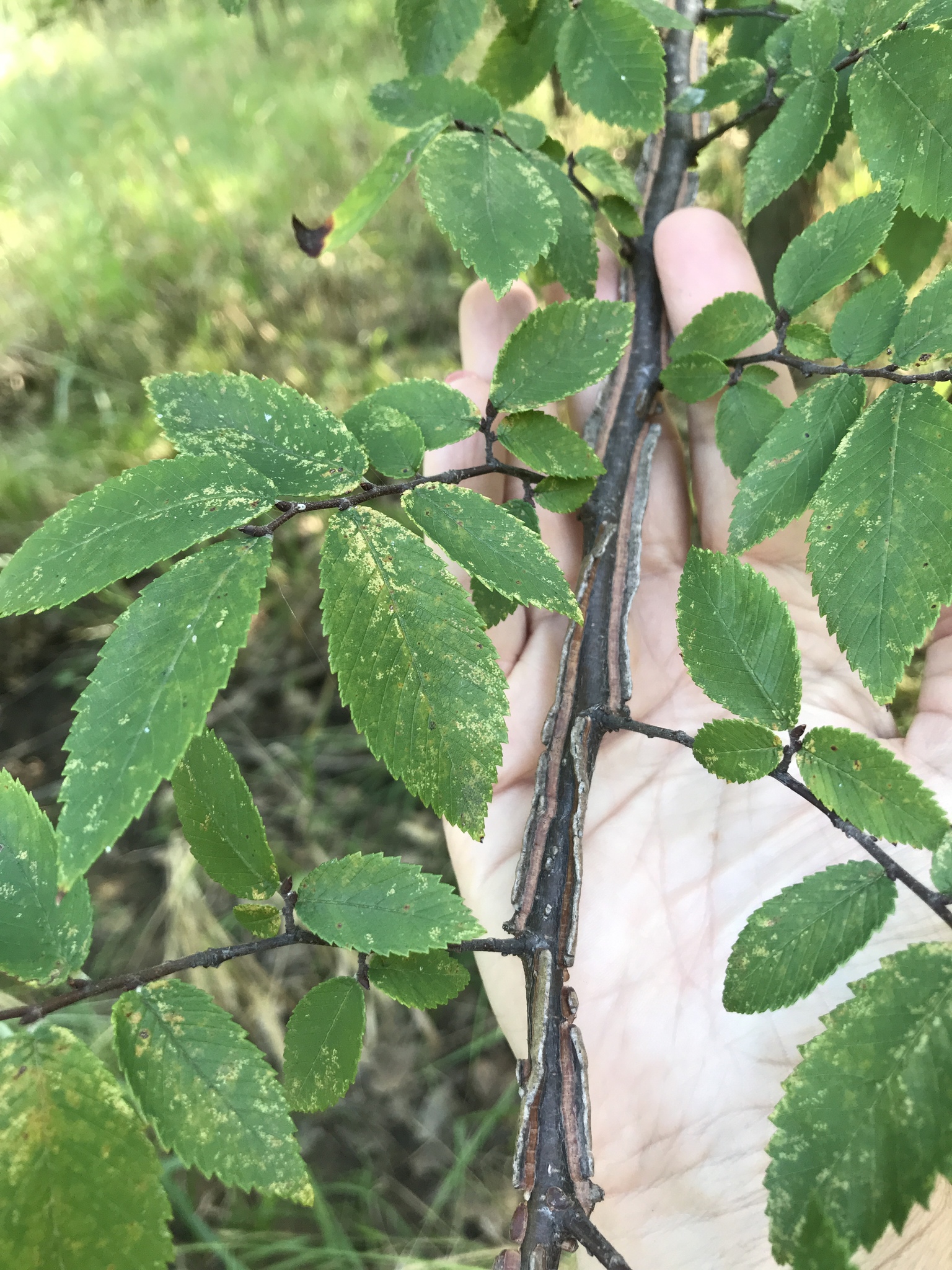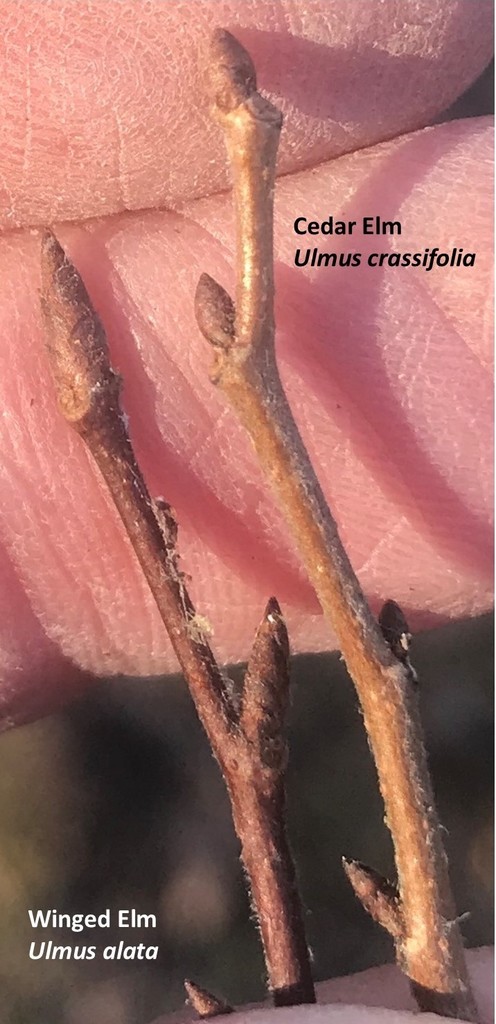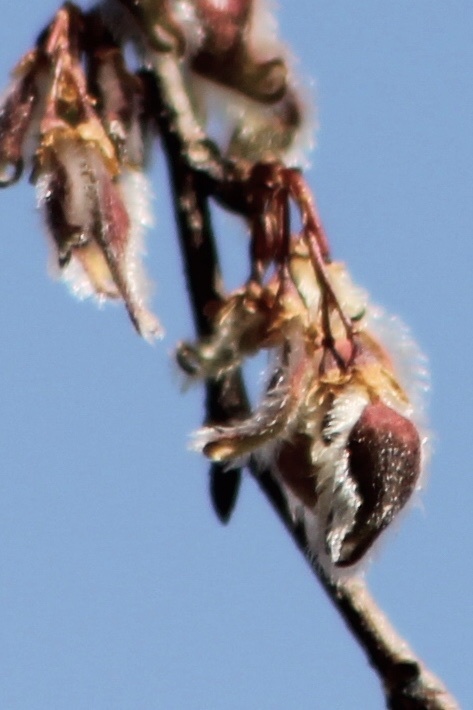Erigeron (Fleabane and Horseweed)
In early April, 2019, I set myself a goal of taming the fleabanes, and they turned out to be quite manageable! (This was so satisfying that I became overconfident and decided to tackle the Blue-eyed grasses next. That did not work out as well, so there won't be a Sisyrinchium journal from me anytime soon!)
About fleabanes: in short, there are only two common species of true fleabane here: Philadelphia Fleabane (Erigeron philadelphicus) and Daisy Fleabane (E. strigosus.) The telling feature is the shape of the MIDDLE and UPPER stem leaves. In Philadelphia Fleabane, these leaves widen at the base (stem end) and are often somewhat clasping. In Daisy Fleabane, these leaves taper to the base (stem) and are not clasping.
Daisy Fleabane has stem leaves that taper to the base.

Philadelphia Fleabane has stem leaves with a wide ,somewhat clasping base.

That's the gist, but of course, it's not QUITE that simple. If you want the details, keep reading.
Four species of Erigeron occur in Collin County: E. strigosus, (Daisy Fleabane,) E. philadelphicus, (Philadelphia Fleabane,) E. canadensis (Horseweed,) and E. tenuis (Slender Fleabane.)
E. canadensis (Horseweed) is fairly easily distinguished from the fleabanes. This species has very inconspicuous ray flowers, barely exceeding the phyllaries.
E. strigosus (Daisy Fleabane) is the most common fleabane here. The upper and middle stem leaves are narrowed basally; that is, the leaf tapers to the stem. These middle and upper leaves are 4-10 times as long as wide, and there are usually 17-25 leaves on well-developed plants. The basal leaves are much different, and can be up to 70 mm wide.
E. philadelphicus (Philadelphia Fleabane) is the second most common type of fleabane here. (However, it tends to bloom earlier than Daisy Fleabane, so in earLy spring, this is one I see most frequently.) The middle and upper stem leaves widen basally, that is, the leaf’s widest part is at the stem. These leaves are often more or less clasping, are 4-20 mm wide, and 2-4 times as long as wide. The lower leaves are on petioles, often somewhat winged.
E. tenuis is not common in NC Texas, but you may encounter it. It has middle and upper leaves similar to those of E. strigosus. It has fewer leaves (7-15 on well-developed plants,) and the basal leaves are narrower (<15 mm). Most telling, the ray flowers are purple or blue-ish, especially underneath.





